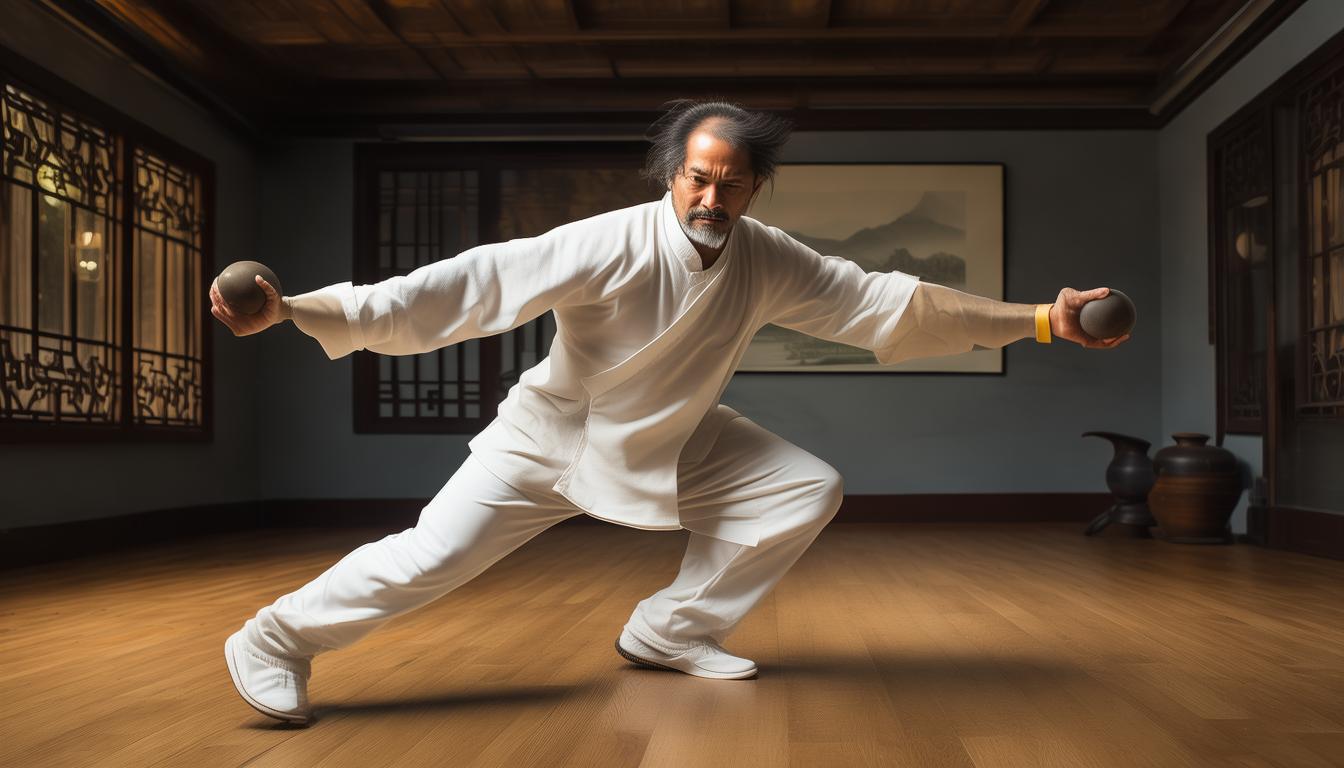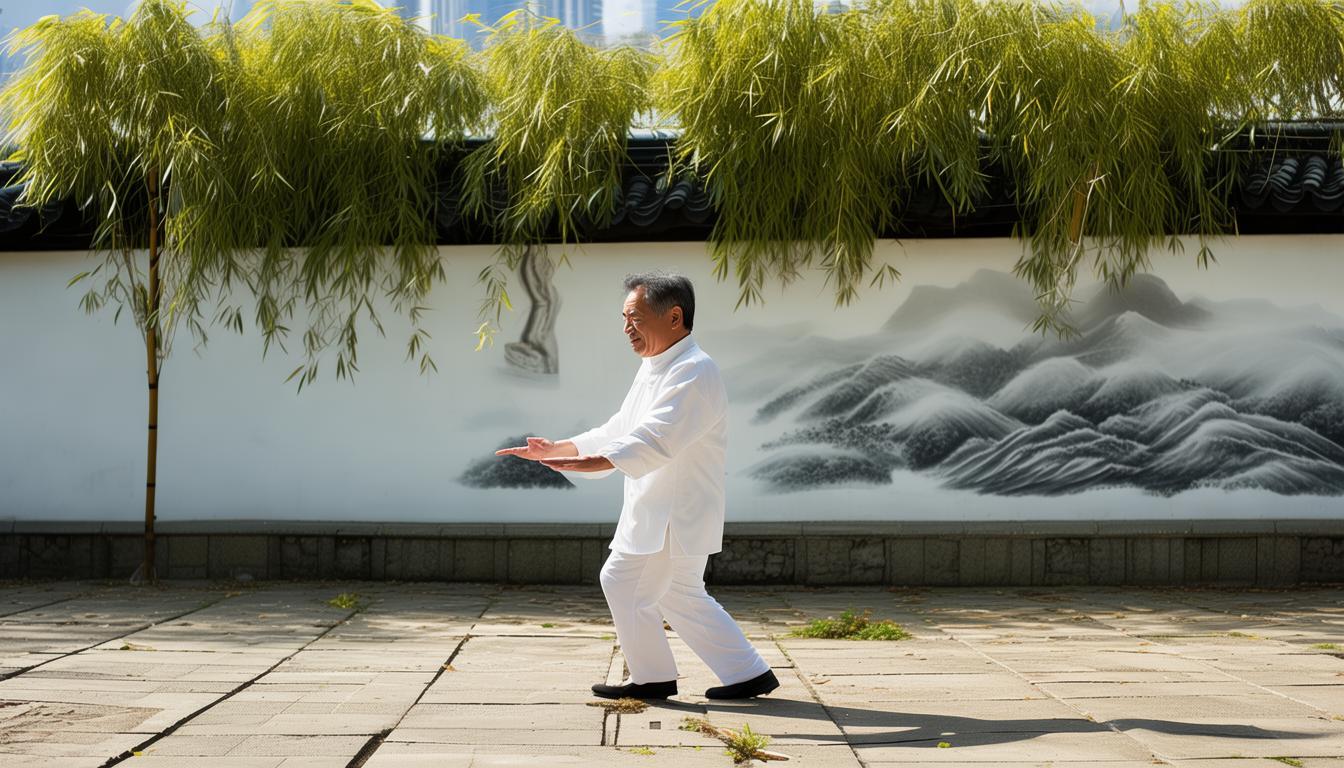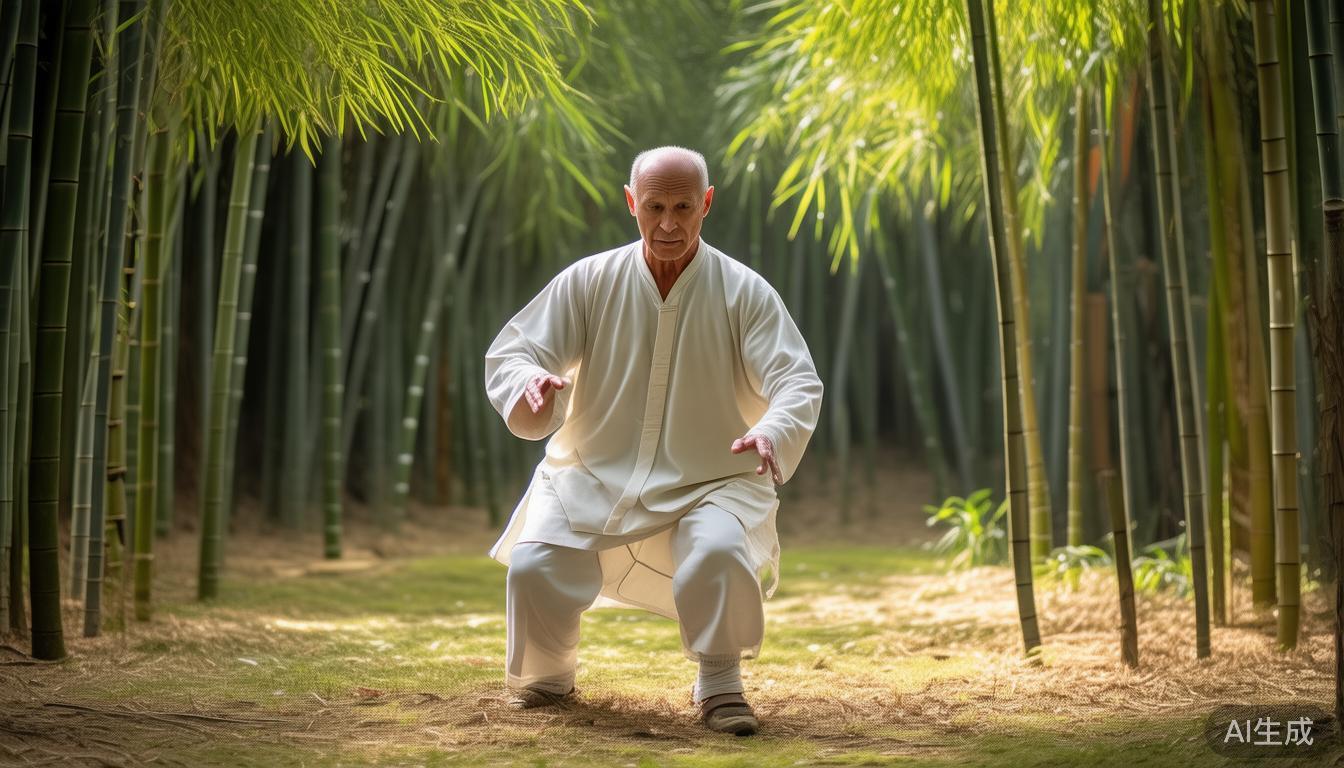Tai Chi is a classic inheritance in Chinese martial arts. It uses softness and smooth movements, which not only enhances physical fitness, but also contains rich cultural connotations. It is worth savoring it. In each move, you can experience the high integration of the body and the spirit and feel the unique style of traditional culture.
Origin and development
Tai Chi was born in the late Ming Dynasty and early Qing Dynasty, and its founder was Chen Wangting. It was originally circulated in Chenjiagou. After many generations of inheritance and progress, it gradually evolved into a well-known martial arts style. Later, the tai chi , Yang Luchan brought it to a place outside Chenjiagou, allowing it to spread in a wider area. Over the long course of history, Tai Chi has continuously absorbed the advantages of other martial arts and formed various styles and branches.
Action Features

The moves of Tai Chi are slow to progress, gentle to the posture, and round and flexible. Each posture is like a picture of flowing clouds and water, completed in one go. For example, the "cloud hand" has its hands floating leisurely like a cloud; the "wild horse splits its mane", it is like a wild horse running in a wilderness, with its posture stretching and grand. These moves look easy on the surface, but in fact they contain exquisite mechanical laws and rich cultural heritage.
Fitness effects
Practicing Tai Chi has many benefits for the body. It can strengthen the function of the heart and lungs, improve the body's endurance and flexibility. Continuous practice can also help balance the nervous system and relieve mental tension and anxiety. For example, a friend I know Parkinson Tai Chi , who used to be uncomfortable. After starting to practice Tai Chi, his physical condition became very good and his mental outlook was completely renewed.
Cultural connotation

Tai Chi contains important connotations of Chinese traditional culture. This boxing technique demonstrates the concept of harmony between yin and yang and harmonious coexistence between man and nature. Every movement and posture contains the transformation of yin and yang, showing the combination of hardness and softness, and the interaction between reality and virtuality. This is very similar to our daily experiences. Life has peaks and troughs. You need to learn to seek balance in changes so that you can gain inner peace.
Inheriting the status quo
Now, Tai Chi has attracted the attention of many people. In many public places, people can see practicing Tai Chi. However, this tradition also encountered some difficulties. The new generation does not have enough awareness and enthusiasm for it. We need to find ways to let more young people come into contact with and fall in love with Tai Chi to ensure that this precious cultural heritage can continue.
Are there any friends around who have practiced Tai Chi for a long time? What is the difference between their physical and mental state? You can click to like this article and discuss with me.




